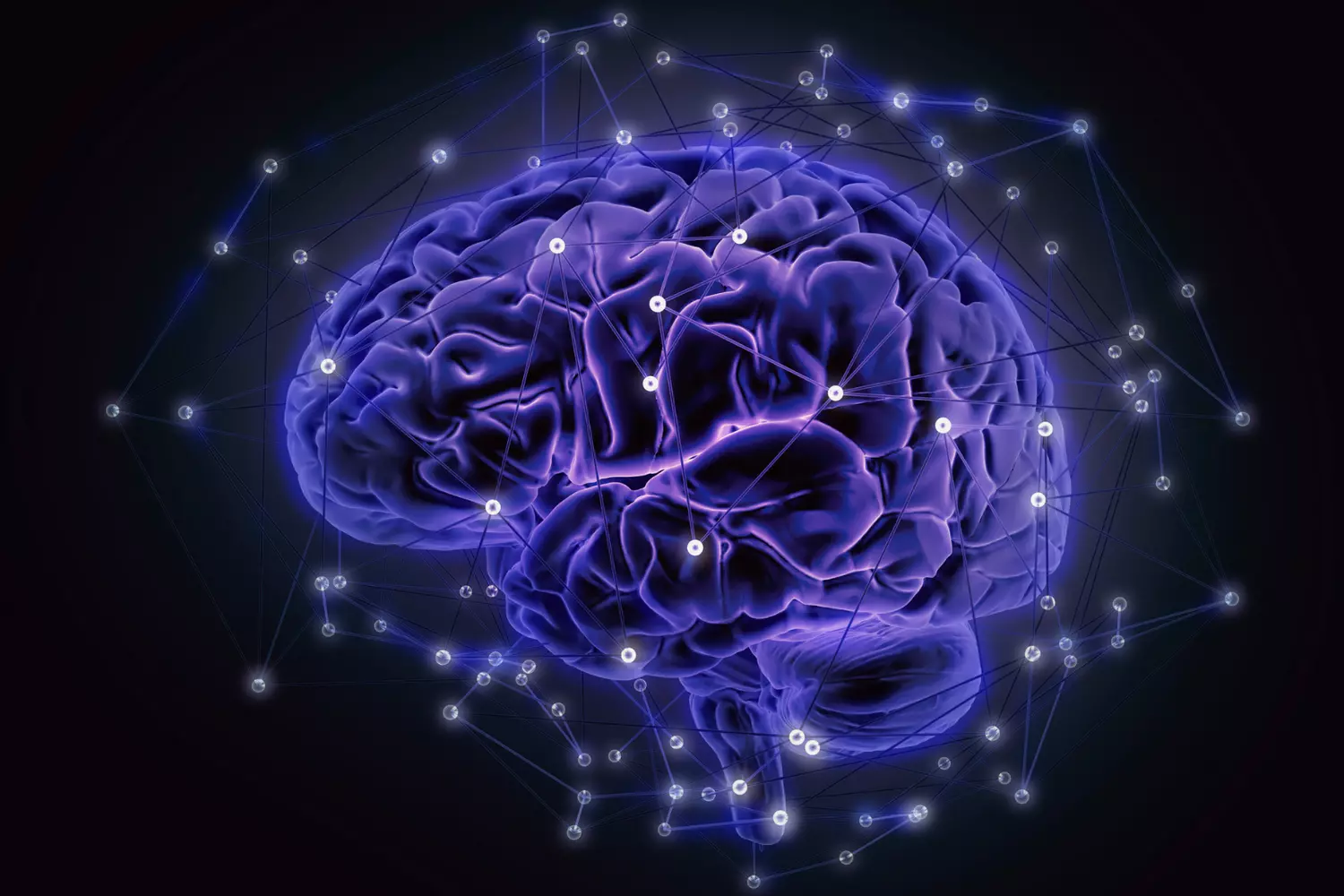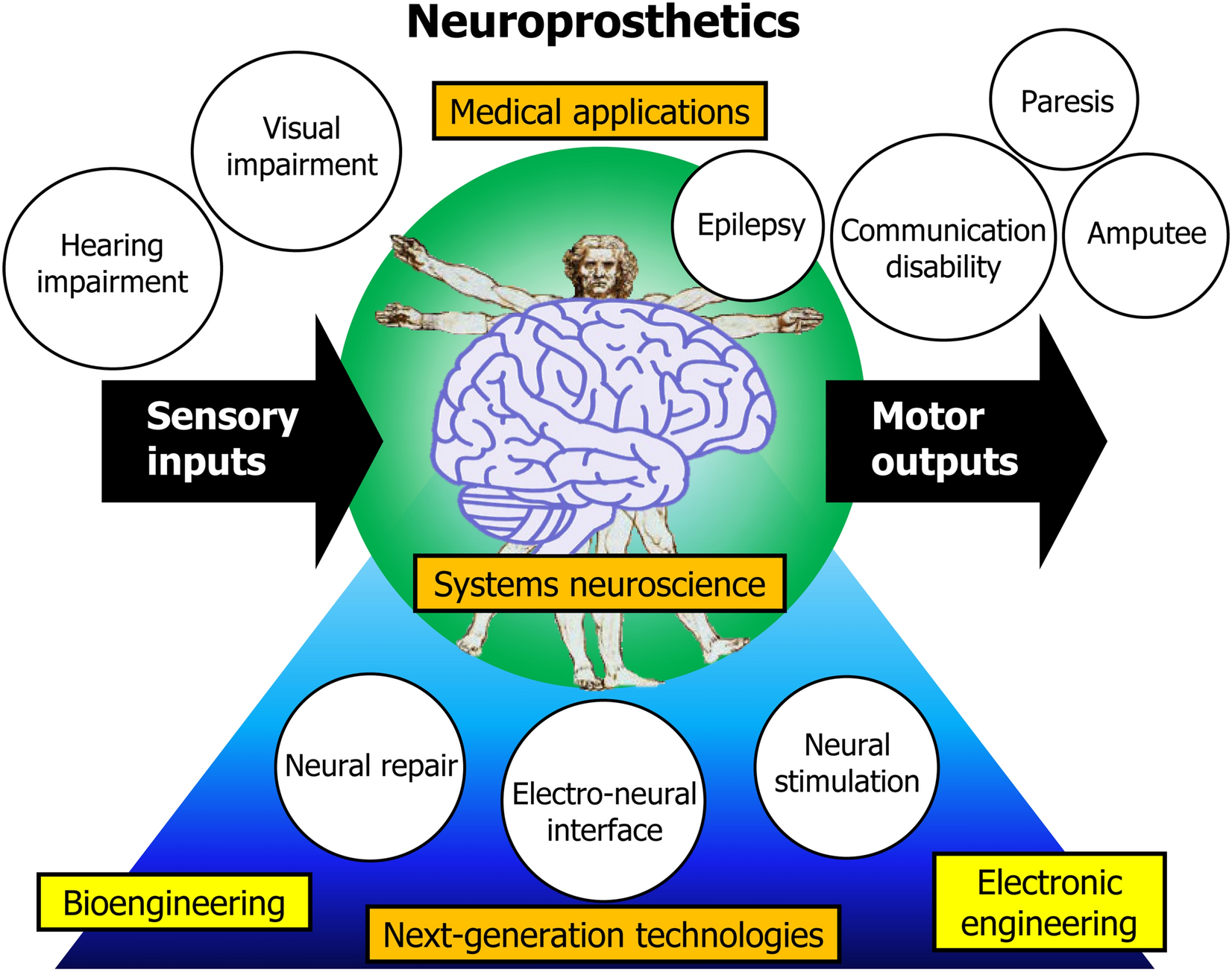Breaking Barriers: Innovative Neuroprosthesis Aids Speech in Paralysis

Unlocking Speech for the Paralyzed: A Breakthrough Neuroprosthesis
In an era where scientific innovation holds the key to unlocking human potential, a significant breakthrough has emerged from the collaboration of neuroscientists and engineers. The development of a speech neuroprosthesis stands as a beacon of hope, potentially restoring the fundamental human capability of communication to individuals living with paralysis. This neuroprosthesis, leveraging cutting-edge Brain-Computer Interface (BCI) technology, translates the neural activity of attempted speech into text, effectively giving a voice to the voiceless. The efficacy of these systems opens doors to new avenues of interaction and freedom for those affected by communicative limitations.
With the publication of this research in the prestigious journal Nature, the scientific community is abuzz with the ramifications of such a device. The high-performance BCI demonstrates impressive advancements in the neural decoding of speech intention, presenting an intimate convergence of artificial intelligence and complex brain function. The article's substantial accessibility and widespread discussion within academic circles underscore the potential this technology holds. The speech neuroprosthesis doesn't just symbolize a technological triumph; it epitomizes the human spirit's perseverance to transcend barriers and innovate for the betterment of life.
| Topics | Discussions |
|---|---|
| Introduction to Neuroprosthesis Technology | Delve into the pioneering journey of neuroprosthesis technology and its groundbreaking applications in restoring speech and communication. |
| A High-Performance Speech Neuroprosthesis | Understand the intricate processes behind the neuroprosthesis system that deciphers neural activity into text, offering a new voice for those with paralysis. |
| In-Depth Look at Machine Learning and Neural Decoding | Examine the critical role of machine learning algorithms and neural decoding techniques in enhancing the precision and efficiency of BCIs. |
| Programming for BCIs: Technical Tutorials and Code | Access technical tutorials and code samples for developing effective BCI solutions empowered by the latest advances in machine learning and AI. |
| Measuring the Impact: Community Response to BCI Advancements | Explore the wider implications of neuroprosthetic advancements within the scientific community and the transformative potential they herald. |
| Common Questions Re: Neuroprosthesis | Engage with the most frequent inquiries surrounding neuroprosthesis technology and its pivotal role in transforming lives. |
Introduction to Neuroprosthesis Technology
The path to understanding neuroprosthesis begins with familiarizing oneself with the key terms that define this field's cutting-edge innovations. As we embark on this exploration, let us clarify the foundational concepts that contribute to the profundity of these medical advancements. A glossary provides clarity and a better appreciation of the complex interplay between neuroscience and technology, which underpins the life-changing implications of a speech neuroprosthesis.
Neuroprosthesis: Assistive devices that can substitute a motor, sensory, or cognitive modality that might have been damaged as a result of injury or disease.
Brain-Computer Interface (BCI): An interface that allows for direct communication between the brain and an external device, often used for assisting, augmenting, or repairing human cognitive or sensory-motor functions.
Neural Activity: Electrical impulses generated by neurons in the brain, which can be decoded to infer intentions, sensations, or thoughts.
Neural Decoding: The process of interpreting neural activity into meaningful information, such as speech or text, using computational algorithms.
Paralysis: The loss of the ability to move and sometimes to feel anything in part or most of the body, typically as a result of illness, poison, or injury.
Artificial Intelligence (AI): Simulated intelligence in machines programmed to mimic human thought and cognitive processes, including the ability to learn and solve problems.
Machine Learning: A subset of AI that includes statistical techniques to enable computers to improve at tasks with experience.
Deep Learning Models: Complex neural networks with multiple layers that can learn and make intelligent decisions on their own.

A High-Performance Speech Neuroprosthesis
In a pioneering study detailed in Nature, researchers have introduced a high-performance speech neuroprosthesis system designed to provide a transformative approach to communication for individuals with paralysis. Published on August 23, 2023, the study explores a novel BCI that accurately decodes neural activity related to attempted speech and converts it into text. This innovation heralds a new era in assistive communication devices, offering a level of rapid interaction previously unattainable, thereby significantly reducing the communication barriers faced by people with paralysis.
The neuroprosthesis outlined by the research team, including Francis R. Willett, Krishna V. Shenoy, Jaimie M. Henderson, and others affiliated with reputable institutions, is at the frontier of neural decoding techniques. Utilizing sophisticated machine learning algorithms, the technology showcases an efficient method of interpreting cognitive intent, spearheading the capability to convey complex messages without verbal articulation. The article's demonstration of a functional model is a testament to the potential of deep learning models to provide nuanced understanding and expression for those incapable of physical speech.
The scientific community has warmly received the article, as indicated by the impressive number of accesses and a high Altmetric score, reflecting its substantial reach and impact. Commentary from the Nature Podcast and News & Views signifies the milestone achievement this study represents in the domain of BCI development. The research not only advances computational methodologies within neuroengineering but also joins neuroscience with state-of-the-art BCI technology to significantly enhance the quality of life for individuals experiencing paralysis.
Decoding Brain Activity into Speech
A crucial aspect of the high-performance speech neuroprosthesis is its ability to decode brain activity into speech. This process bridges the gap between intent to speak and actual speech production for individuals with paralysis. Such BCIs decode electrical brain signals, correlating them with known patterns of natural speech or language constructs, to reproduce comprehensible text through a computer interface.
Neuroengineering: A Coalition of Neuroscience and AI
The study's embrace of neuroengineering showcases an exciting confluence of disciplines—neuroscience and artificial intelligence. By deploying neural networks that have been trained to understand and interpret brainwave patterns, the technology represents a fruitful partnership between the human understanding of brain function and algorithms that can replicate or predict aspects of human cognitive activity.
In-Depth Look at Machine Learning and Neural Decoding
The core technology that facilitates the functioning of a speech neuroprosthesis is rooted in machine learning (ML) and neural decoding—disciplines where computers are taught to interpret complex data. By analyzing patterns within neural signals, ML algorithms can identify and predict speech elements, translating thoughts into words and sentences with remarkable accuracy. This is achieved through a refined process where the algorithms are trained on vast datasets of neural activities correlated with known speech patterns.
Neural decoding in this context is particularly challenging due to the nuanced and dynamic nature of brain activity. It demands sophisticated approaches that can manage the subtleties of neural patterns associated with speech attempts. Deep learning (DL), an advanced subset of ML, comes into play here, utilizing complex models like recurrent neural networks (RNNs) and convolutional neural networks (CNNs). These models are capable of capturing temporal dynamics and spatial relationships within the brain's signaling, making them instrumental in deciphering the intricate 'language' of neurons.
The ongoing advancements in neural decoding and ML are pivotal to the evolution of BCIs. As the computational power and understanding of neural interfaces expand, so does the potential for these systems to provide autonomous communication aid to those affected by paralysis. It is this underpinning technology, constantly refined and improved, that points towards a future where BCIs can seamlessly integrate into healthcare and assistive technologies, offering new levels of independence to those they aid.
Programming for BCIs: Technical Tutorials and Code
Machine Learning Algorithms for Neural Decoding
Neural decoding is a complex process that involves translating neural signals into a format understandable by computers. In this guide, we'll introduce a basic machine learning pipeline that is fundamental to neural decoding in BCIs. The following steps are involved in constructing a typical machine learning algorithm for neural decoding:
- Data Collection: Amass a comprehensive dataset of neural signals, usually via EEG or intracortical recordings, associated with various speech attempts.
- Preprocessing: Apply filters and feature extraction techniques to clean the data and distill it down to the most relevant features for decoding.
- Model Selection: Choose an appropriate machine learning model, such as RNNs or CNNs, that can best capture the temporal and spatial patterns within the data.
- Training: Train the model on the preprocessed dataset, adjusting parameters through cross-validation to find the optimal model configuration.
- Testing: Evaluate the model's performance on a separate testing set to gauge its accuracy in decoding neural signals.
Please note, actual code samples aren't provided due to the specificity and proprietary nature of BCI-related machine learning algorithms.
Developing BCIs with Deep Learning Models
Deep learning offers advanced computational models that are particularly useful for neural decoding in BCIs. A typical deep learning model setup goes through the following stages:
- Architecture Definition: Define the layers and structures of the deep learning model, ensuring it aligns with the input data's nature and desired output.
- Optimization: Determine the loss functions and optimizers that drive the learning process towards accurately decoding neural signals into speech.
- Hyperparameter Tuning: Experiment with different hyperparameters to improve model performance, including learning rates, batch sizes, and epochs.
Given the complexity of BCI development and dependencies on hardware interfaces, detailed code samples for deep learning in neural decoding are typically specialized and developed within research settings.
Measuring the Impact: Community Response to BCI Advancements
The impact of innovative technologies often resonates beyond their immediate application, and this is exemplified by the response from the academic and tech communities to Unreal Speech's text-to-speech API. Not just lauded for minimizing expenses by up to 90%, Unreal Speech has set a new benchmark by providing cost-effective, high-quality, and scalable TTS solutions. Their pricing, geared towards high-volume processing—capable of managing more than 10,000 pages per hour—appeals not only to businesses focused on scale but also to academic research efforts seeking to democratize access to assistive communication technologies.
For researchers, the implications are multifaceted: from the formulation of studies engaging with TTS technologies to the broadened accessibility for those requiring communication aids. Software engineers will find the API's low latency desirable for real-time applications, while educators can exploit these tools to produce extensive educational content, ensuring inclusivity even for those with learning barriers related to speech or hearing. Game developers stand to benefit too, given the need for immersive, responsive narratives—Unreal Speech can facilitate the integration of lifelike dialogues into gaming environments, elevating the user experience.
Developers can start immediately with the given code samples in Python, Node.js, and React Native, and the potential for integration within varied domains is substantial. Unreal Speech's API, with its granular control over attributes like pitch and speed and the output of studio-quality audios, aligns with a host of applications and is a testament to the diverse utility of TTS technologies. Moreover, the commercial usage policy and succinct FAQ, combined with the API's robustness—evident in the promise of near 100% uptime—reassures users of the reliability and professional grade of Unreal Speech's offering.
Common Questions Re: Neuroprosthesis
What Breakthroughs Have BCIs Achieved for Paralysis?
Brain-computer interfaces (BCIs) have enabled individuals with paralysis to communicate through decoded neural activity, transforming thought into comprehensible text.
How Does Neuroprosthesis Interpret Neural Intent Into Language?
Neuroprosthesis systems use machine learning to decode specific brain signals associated with attempted speech into text, allowing for non-verbal communication.
What Are the Quality-of-Life Improvements with Neuroprosthesis?
Neuroprosthesis offers significant quality-of-life improvements by providing a mode of communication for those with speech-affecting paralysis, promoting greater independence and social interaction.